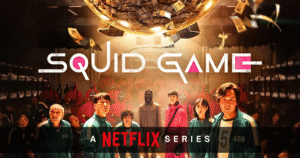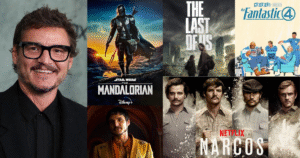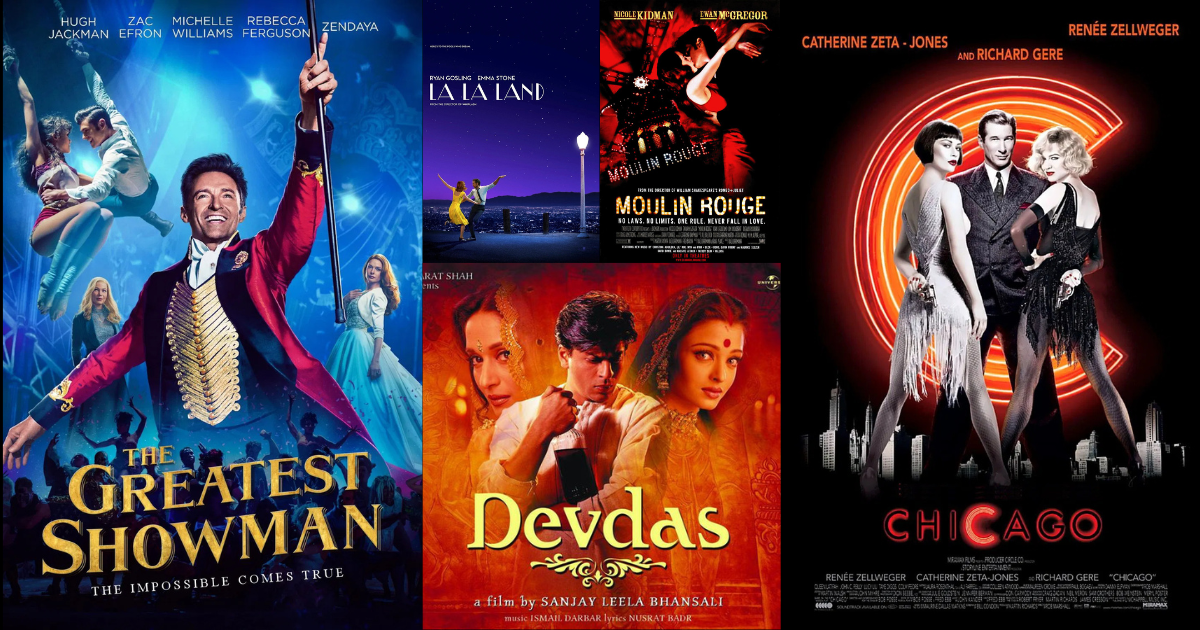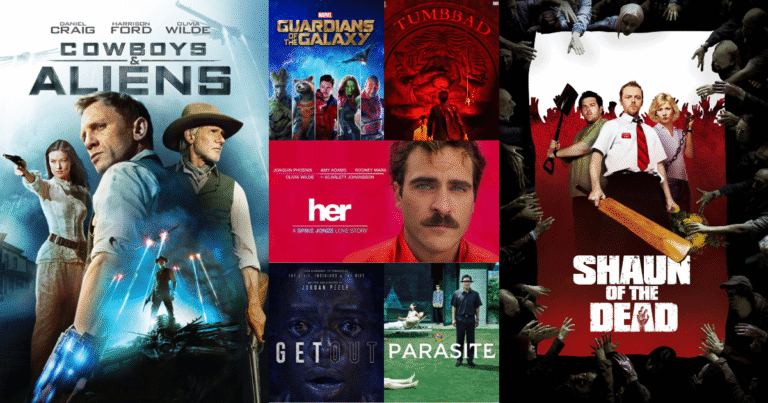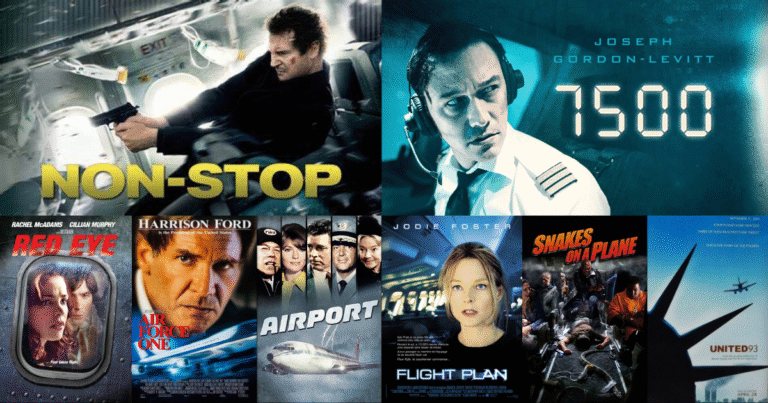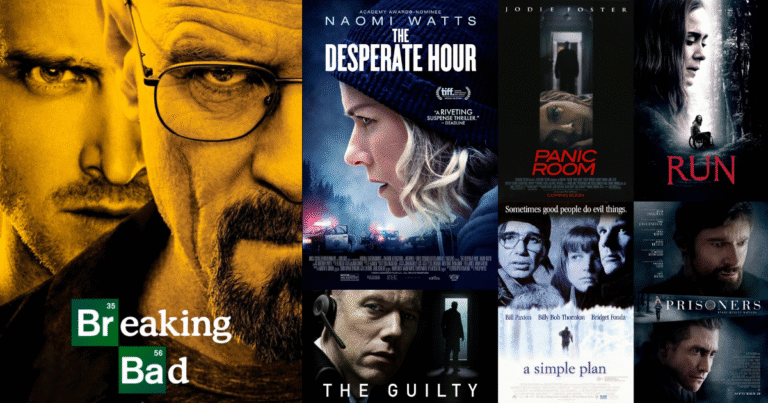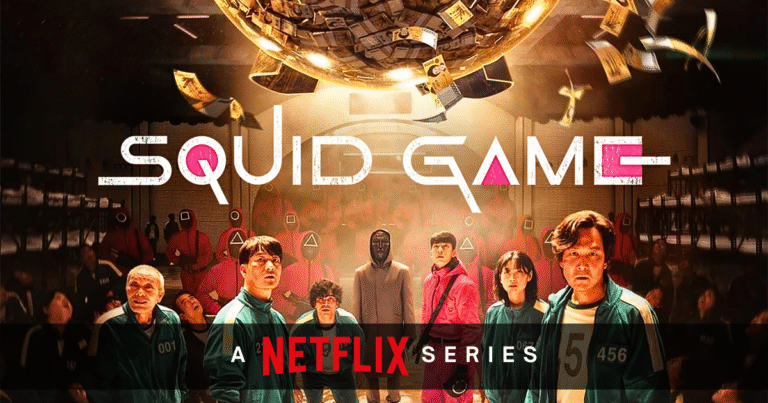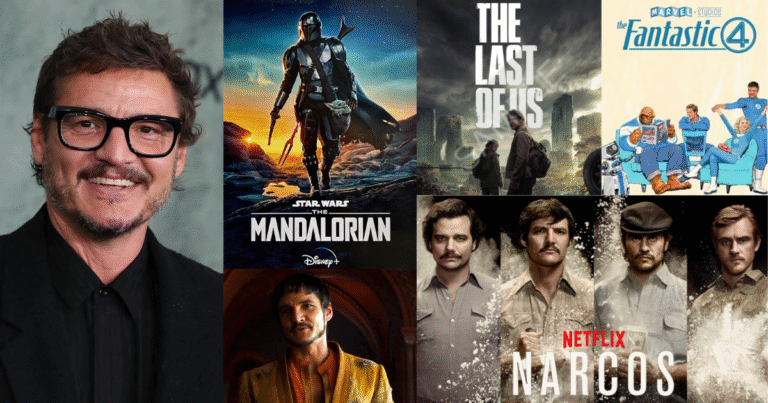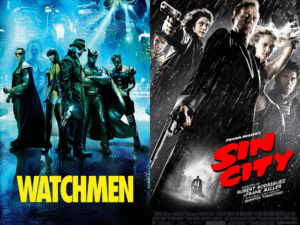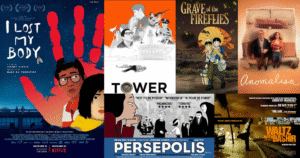Musical films have a unique charm. They combine storytelling, music, dance, and emotion in a way that no other genre can. Whether it’s a heartwarming duet, a dramatic solo, or a joyful dance number, musicals speak to our hearts. But have you ever wondered where musical films began, why they became so popular, and why they’re trending again?
Let’s take a journey through the golden age of musicals, their decline, and their exciting revival in modern cinema.
The Birth of the Musical Film
Musicals began to shine in the early days of Hollywood, especially after sound was introduced in movies. The first full-length feature film with synchronized sound, The Jazz Singer (1927), was a game-changer. It wasn’t a full musical by today’s standards, but it opened the door to singing and dancing on screen.
By the 1930s, musicals became a favorite among audiences. At the time, the world was going through the Great Depression. People wanted joy, escape, and color, and musicals gave them just that. Bright costumes, catchy songs, and dreamy sets brought hope into dark times.
The Golden Age: 1940s to 1960s
This was the time when musical films ruled the world. Studios like MGM were pumping out one hit after another. Names like Gene Kelly, Judy Garland, Fred Astaire, and Julie Andrews became household names. These stars could act, sing, and dance with ease, and audiences loved them.
Some of the most loved musical films came out during this era:
- Singin’ in the Rain (1952): A joyful mix of music, humor, and classic dance scenes.
- The Sound of Music (1965): A timeless story of love, courage, and song.
- West Side Story (1961): A bold, emotional tale with unforgettable music and dance.
These films weren’t just entertaining, they were beautifully made. Directors paid attention to every detail, from set design to choreography. Songs were written with care and became hits outside the cinema too.
The Slow Decline in the 1970s and 80s
By the 1970s, the taste of moviegoers began to change. Gritty stories, action films, and realistic dramas took the front seat. Musicals started to feel old-fashioned to younger audiences. Some musicals tried to keep up with the times, but many of them didn’t connect as well.
While a few like Grease (1978) became big hits, most musical films didn’t perform well at the box office. Studios grew cautious, and fewer musicals were made.
The Surprise Comeback in the 2000s
Just when people thought musicals were a thing of the past, the genre began to rise again. New filmmakers brought fresh energy, modern themes, and updated music styles.
Here are a few examples of modern musicals that brought the genre back to life:
- Moulin Rouge! (2001): A mix of classic romance with modern pop songs.
- Chicago (2002): A bold, stylish musical that won the Oscar for Best Picture.
- La La Land (2016): A love letter to classic musicals with a modern twist.
- The Greatest Showman (2017): A musical packed with emotion and hit songs that topped the charts.
These movies proved that people still loved musicals, as long as the stories were relatable and the music was catchy. The visuals became more grand, the sound design more powerful, and the marketing smarter.
Why Musicals Are Popular Again
- Nostalgia with a Fresh Look: Modern musicals remind older viewers of classic times but come with a fresh style that appeals to younger audiences.
- Power of Music: Music connects with everyone. A good song can make you feel deeply and remember a moment forever.
- Stronger Stories: Today’s musicals often include real-life themes like love, identity, struggle, and ambition. This helps people relate more to the characters.
- Social Media Buzz: Musical scenes are easy to clip, share, and trend online. When a song or dance goes viral, it attracts more people to watch the full film.
- Live-Action Adaptations: Disney and other studios are turning classic animated films into live-action musicals. These include Aladdin, Beauty and the Beast, and The Little Mermaid.
Musicals Around the World
While Hollywood musicals get a lot of attention, other countries have a strong musical culture too.
In India, Bollywood films have always used music and dance. Songs are central to Indian cinema, and audiences expect them. Films like Dil Se, Devdas, and Gully Boy are rich in musical storytelling. Indian musicals often blend romance, drama, and music to create powerful emotional journeys.
Across the globe, from Korea to France to Nigeria, filmmakers are experimenting with music-driven storytelling in exciting new ways.
What’s Next for Musical Films?
Streaming platforms like Netflix, Amazon Prime, and Disney+ are making it easier for musicals to reach global audiences. Shows like Hamilton, Tick, Tick… Boom!, and Matilda the Musical have done well on streaming, showing that people love musicals in all formats.
Musicals are also blending with other genres. We now have horror musicals, animated musicals, and even superhero musicals in the works. This shows that the genre still has room to grow.
Final Thoughts
Musical films have never truly disappeared. They just took a break, changed their form, and returned with new energy. From the golden age of cinema to today’s vibrant reboots and originals, musicals continue to win hearts.
In a world full of stress and chaos, sometimes all we need is a good story, a great song, and a few magical dance moves to lift our spirits. Musical films remind us of that magic, and they’re here to stay.
So the next time you hear about a new musical film coming out, give it a chance. You might just find yourself singing along.
